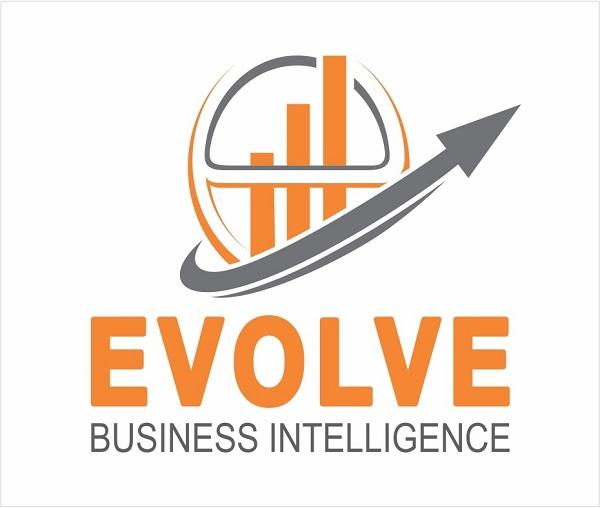Global Ransomware Protection Industry: Key Competitors, SWOT
The Global Ransomware Protection Market Size Is Expected To Grow At A CAGR Of Approx. 19% From 2022 To 2032. The ransomware protection prevents the encrypting of files and allows the user to back up important files. The driving factors of the Ransomware Protection Market are the need to prevent potential damages to organizations and individuals and the demand for the best security measures to ensure the protection of the organizations’ data. However, another factor is the demand for Ransomware Protection Software that works for the prevention and detection of a Ransomware attack is increasing. Hence the Ransomware Protection Market is expected to grow tremendously.
Request Free Sample Report or PDF Copy: https://report.evolvebi.com/index.php/sample/request?referer=parity&reportCode=014052
Key Players
The Ransomware Protection market report gives detailed information about the company and its past performance. This will give you a clear picture of how strong an industry is, what kind of wealth is involved with it, and which fields are growing over time. Each and every element within a market report are updated regularly so that we can read the market better. The report also includes common risks associated with marketing in such a delicate industry as they present advice for future planning for business expansion accordingly.
The key players profiled in the report are:
• Malwarebytes
• Bitdefender
• FireEye
• Intel Security
• Kaspersky Lab
• SentinelOne
• Sophos
• Symantec Corporation
• Trend Micro
• Zscaler
Today’s business environment is competitive and challenging, which means businesses need to be on top of new technologies and seek out market opportunities. Our recent research on the global Ransomware Protection industry sheds light on the current state of the industry, including market size, key players, and SWOT analysis. The analysis serves as part of our qualitative assessment: we factored in findings from our own study to help readers decipher what they can do to embrace opportunity or prevent threats that may hinder the market moving forward.
COVID Impact
In terms of COVID 19 impact, the Ransomware Protection market report also…





